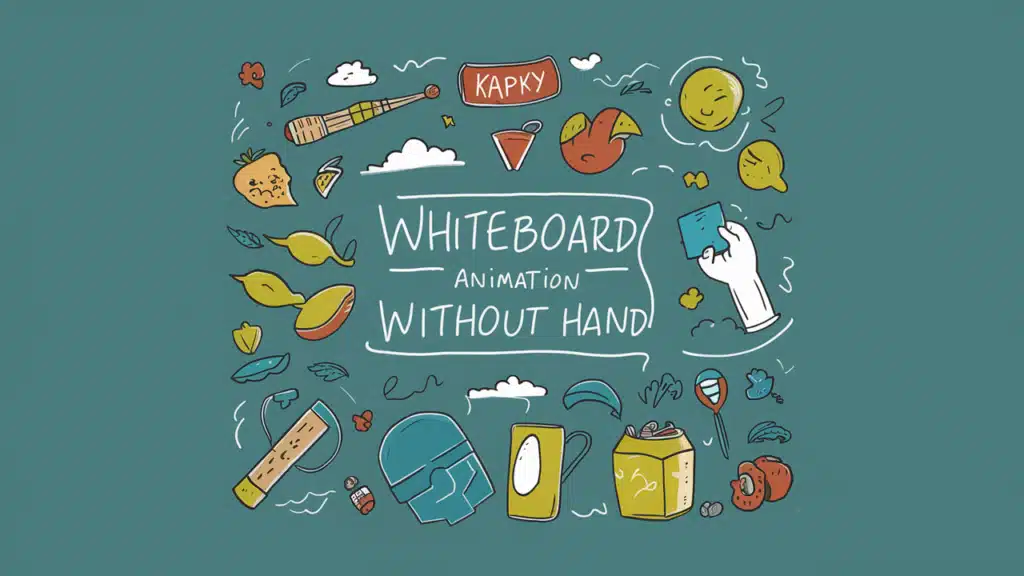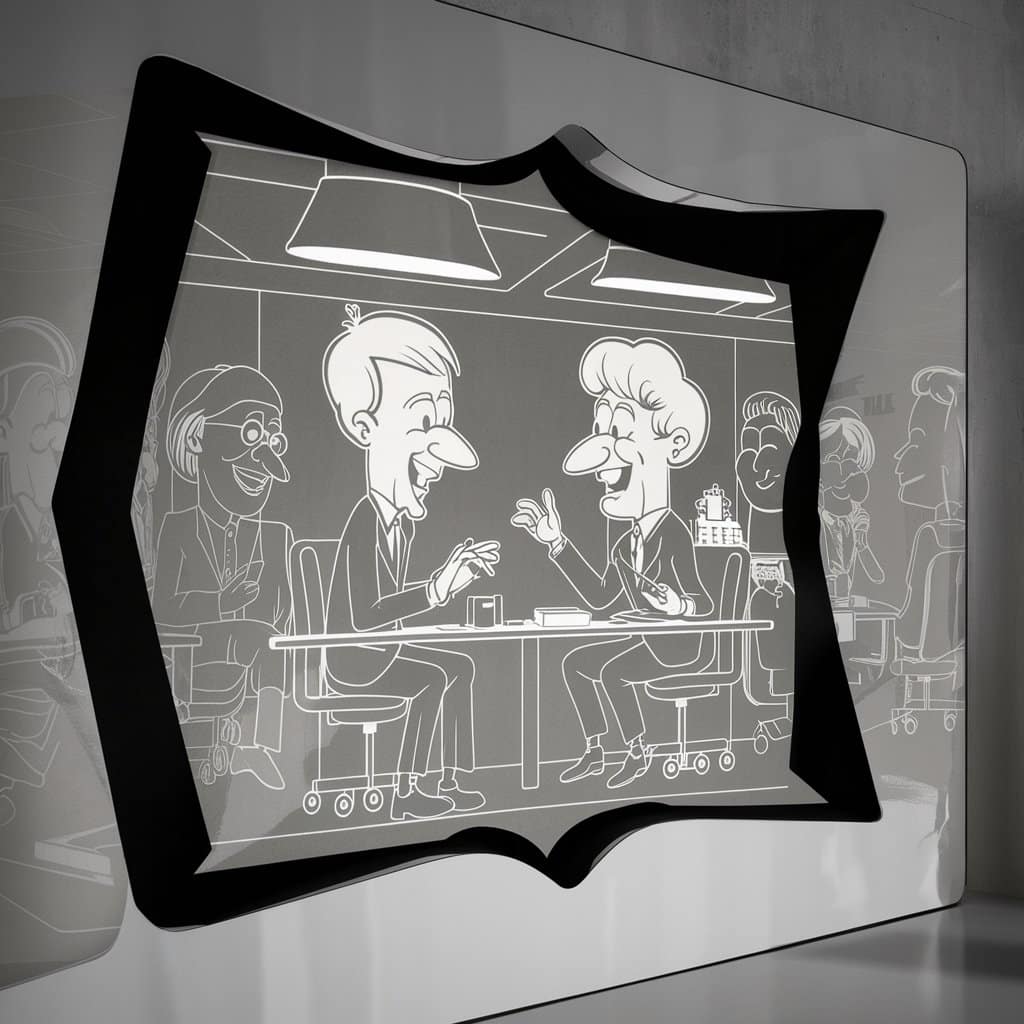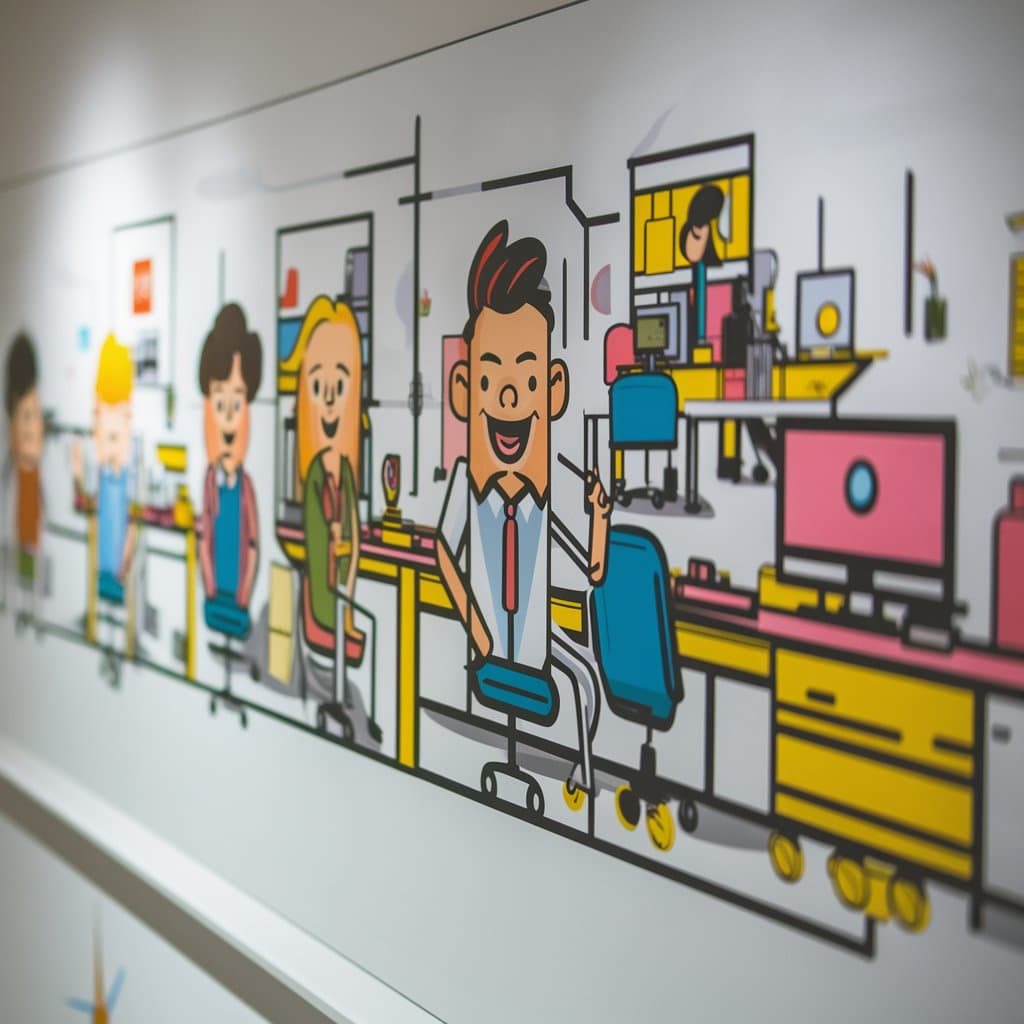The Debate: Hand vs. No Hand in Whiteboard Animations
The inclusion of a hand in whiteboard animations is a popular technique. Proponents argue that it adds a human touch, making the content more relatable and engaging. The hand effect can simulate the experience of a live drawing, keeping viewers interested and connected to the content. However, some believe that the hand can be distracting, especially for audiences that need to focus on the information being presented rather than the animation process itself.
Benefits of Handless Whiteboard Animations
Creating whiteboard animations without the hand effect has several benefits:
- Enhanced Focus: Without the hand, viewers can concentrate entirely on the content rather than the drawing process. This is particularly useful for complex or detailed topics where understanding the material is crucial.
- Clean Aesthetic: A handless animation often appears cleaner and more polished, providing a modern and professional look that can appeal to corporate audiences.
- Versatility: Handless animations are versatile and can be easily adapted for different purposes, such as medical explanations or technical tutorials, where precision and clarity are paramount.

Case Study: Medical Animations Without Hand Effect
At Videokrtoon, we have worked with clients who require specific medical whiteboard animations. These clients often request animations without the hand effect to avoid distractions and maintain a professional tone. Through our experience with over 10,000 projects, we have found that handless animations can be just as engaging. By focusing on the content and adding the same visual effects, these animations create a seamless and captivating experience.
How to Create Engaging Whiteboard Animations Without a Hand
Creating effective handless whiteboard animations involves a few key steps:
- Script and Storyboard: Start with a clear script and storyboard that outlines the flow of your animation. Ensure the content is concise and well-structured.
- Visuals and Timing: Use high-quality visuals and synchronize them with the narration. Smooth transitions and timely appearance of elements keep viewers engaged.
- Animations and Effects: Incorporate subtle animations and effects to highlight key points and maintain interest. Use techniques like zooming, highlighting, and color changes to emphasize important information.

Tips and Tricks for Effective Handless Animations
- Consistency: Maintain a consistent style throughout the animation to create a cohesive look.
- Color Scheme: Use a color scheme that complements your brand and enhances readability.
- Pacing: Adjust the pacing to ensure the information is presented at an optimal speed for comprehension.
- Engagement: Incorporate questions or prompts within the animation to engage the audience actively.
Choosing the Right Style for Your Needs
Deciding whether to include the hand effect in your whiteboard animation depends on your goals and audience. Both styles offer unique advantages. Handless animations can provide a clean and distraction-free presentation, ideal for professional or detailed topics. On the other hand, animations with the hand effect can create a more dynamic and relatable experience. Ultimately, either approach can significantly impact your product or service by delivering your message in an engaging and effective manner.
Whiteboard animations, with or without the hand effect, remain a powerful tool for visual storytelling. By understanding your audience and leveraging the strengths of each style, you can create compelling animations that captivate and inform.


